CYCLONES are a part of life in Far North Queensland.
Each year from November until April, we wait to see what the Coral Sea will throw at us.
From Australia’s deadliest cyclone, Mahina, in 1899 to the $800m damage bill caused by Yasi in 2011, cyclones test our spirit but also highlight our resilience.
This special three-part series explores how cyclones affect the lives of Far North Queensland residents.
Part two examines what’s in store for us in the future and how we’re preparing. Cairns has been lucky to avoid direct hits, but how long can that luck last?
LOCAL legend has it that a special, almost mystical, alignment between the mountains and the reef somehow protect Cairns from frequent direct cyclone hits.
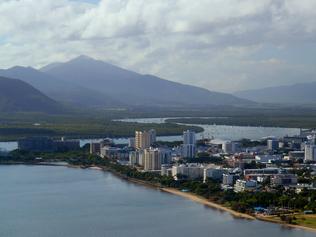
But the real reason Cairns has avoided the eye of so many large storms in living memory is, according to weather bureau forecaster Andrew Mostyn, nothing more than “pure luck”.
“There is no reason,” he said.
“You hear a lot of the locals talk about the ranges and the reef but that’s false... Innisfail has bigger mountains and the reef and it’s been hit many time.
“It’s pure chance and that’s why complacency needs to be avoided – it’s only a matter of time.
“Cairns is a small dot on a map for something as big as a category five.”

Mr Mostyn said like last year, this year’s cyclone season had been quiet.
But he also said it wasn’t unusual for the first Coral Sea cyclone of the year to occur in late February or early March.
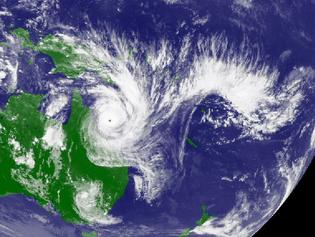
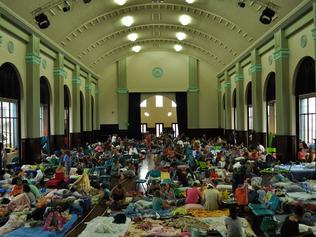
“People are saying it’s quiet, but you typically don’t start to see cyclones until late January and the season runs until April,” he said.
“The average is four in the Coral Sea, I don’t think we’ll make it to four, but I do expect there to be one or two in the Coral Sea in the next two months.”
Conditions must be perfect for a cyclone to form – including a sea temperature of more than 26 degrees, a tropical low, and “organised” thunderstorms surrounding the low.
“The thunderstorms around the low become organised and drive the energy from the warm ocean waters and the earth’s rotation maintains the spin of the tropical cyclone,” Mr Mostyn said.
“It’s an interesting one – they’re surrounded by the biggest thunderstorms on earth, 15,000 to 18,000 metres into the atmosphere.
“In very basic terms, that’s what drives them.”
FAR North construction industry statesman Ralf Dutton believes the majority of Cairns properties, particularly the more modern homes, can hold their own against severe cyclones.
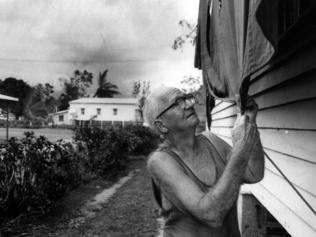
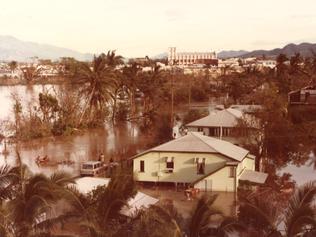
The Value Homes director and Master Builder Queensland president will never forget being sent to Darwin after Cyclone Tracy wreaked havoc in December 1974, destroying up to 80 per cent of the city’s homes.
“Darwin had no idea about cyclone construction, but in Cairns we did,” Mr Dutton said.
“Even growing up, we lived in a traditional Queenslander that was built in the 1960s, and it had cyclone rods in the walls.
“While similar, the methods incorporated then are not at the same standard of today’s.
“If a major cyclone went through Cairns, we wouldn’t see anyone near the amount of damage there was in Darwin.”
Since 1985, it has been mandatory for new houses in cyclone-prone areas to be built to withstand powerful winds.

In the Far North, homes are built under classifications ranging from C1-C4, with location playing an important role in determining “wind loads”.
For instance, C1 is used for “low-exposure” homes, while properties on the top of hills would be more likely to fall under C4.
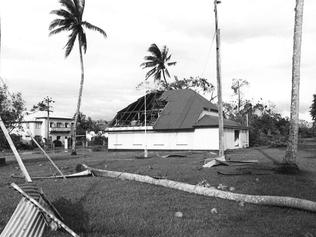
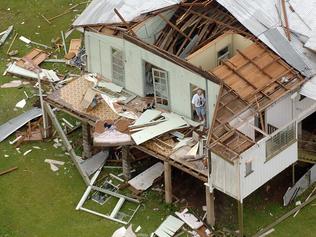
New houses are then certified if deemed to meet the strict industry standards.
Mr Dutton said good cyclone construction boiled down to “holding down from the roof to the slab”.
“If you own a Queenslander that was built before the 1980s, when cyclone standards became mandatory, you’d be far more susceptible to losing roofs and all sorts of things,” he said.
But Mr Dutton said it was possible for the owners of older Cairns homes to increase their property’s resilience to severe weather events.
“The best time to make the changes is when re-roofing a home,” he said.
“And if people do that, the insurance for old Queenslanders will drop and become more in line with a modern block home.”

Roof cladding
Roofing systems (e.g. metal cladding or concrete tiles) are subjected to large fluctuating uplift forces tending to pull the roofing off the building during a cyclone.
These forces are well in excess of the weight of the roofing, so fasteners are needed to hold the roof on the building. For metal cladding, screws are usually used to secure the cladding to the battens below. For concrete tiles, each tile should be secured to the batten by a clip or fixing.
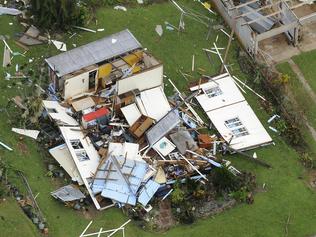
There are hundreds of roof fasteners in a single house and each one isimportant in keeping the roof on.
Tie-downs
A typical house structure relies on multiple continuous chains of tiedown elements: from the roof cladding, through battens, trusses or rafters, into the walls, down through the walls and into the subfloor structure including the footings.
Tie-down rods in timber framed construction and steel frame elements transmit uplift forces from the roof down through the wall structure and eventually to the ground.
Wall systems must be correctly anchored to the subfloor including concrete slab for slab-on-ground construction. Particular care is needed at the sides of openings as higher forces can be transmitted there.

Wall cladding
External wall cladding must resist wind forces and may be required to resist debris impact. Resilient cladding that can absorb the impact of small to medium-sized debris works best.
Internal wall cladding may be required to contribute to the bracing strength of the building and also has the potential to get wet in a cyclone.
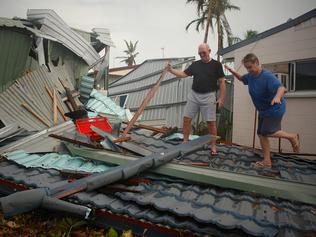
Windows and doors
Your windows and doors form part of the building and need to resist the wind pressures for both positive pressure (windward wall) and suction (leeward and side walls).
Damage investigations from Cyclone Yasi revealed some windows that were not properly installed were blown into (or sucked out of) houses due to lack of or inadequate fixings of the frames to the house structure. Glass panels also need to be correctly sized for the wind loads and the window or door frame also must be adequately fixed to the rest of the building.
Standard entrance door locks with simple striker plates into the door jamb may not be adequate to resist cyclonic wind loads. Additional support for external doors (eg barrel bolts or dead locks etc) maybe required.
Garage doors
One of the common failures observed in Cyclone Yasi was disengagement of roller doors from their tracks.
When reinstalling a garage door, you should ensure that doors that are specified to resist the design wind speed for your house location.
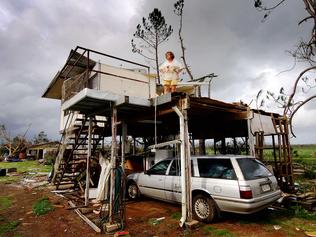
These doors may have wind locks or other braces to help resist the wind loads. The wind locks transfer additional load from the ends of the roller doors into the tracks and then into the wall. The walls need to be strengthened to resist this additional load.
Debris protection
Because tropical cyclones cause very high winds over a sustained period (several of hours), debris that may have come from failures in other buildings or from trees or from other materials, is picked up by the wind and may crash into your house.
There are some things that you can do to improve the debris resistance of your house. Installing debris screens on the windows can absorb the impact of debris and lessen the chances of windows breaking during a cyclone.
Preventing windows from breaking will then reduce the amount of water that is blown into the house.
Source: Queensland Government — Planning for a stronger, more resilient North Queensland report
TOMORROW PART THREE: Weather enthusiast Jacob Grams tells of his passion for storm chasing and what makes weather in the Far North unique.


Add your comment to this story
To join the conversation, please log in. Don't have an account? Register
Join the conversation, you are commenting as Logout
Who Owns Tassie’s farms: Biggest investors, landholders named
An annual investigation can reveal Tasmania has been a key destination for capital in the race to invest in Aussie agriculture. See the full list.
Families, billionaires and foreign owners of SA’s largest farms revealed
From sprawling stations in the north to prime cropping in the south – meet those who own South Australia’s largest farming properties. See the full list.